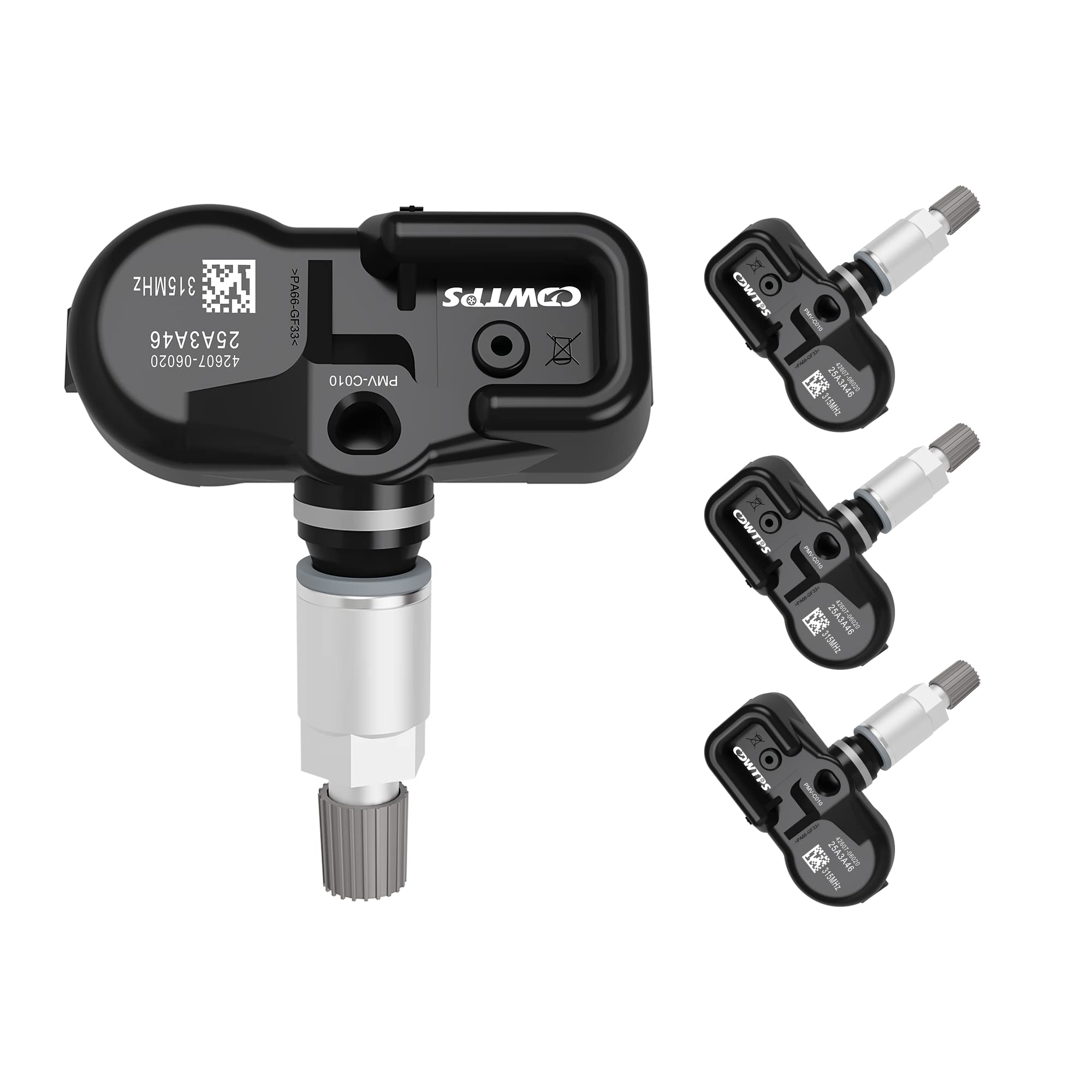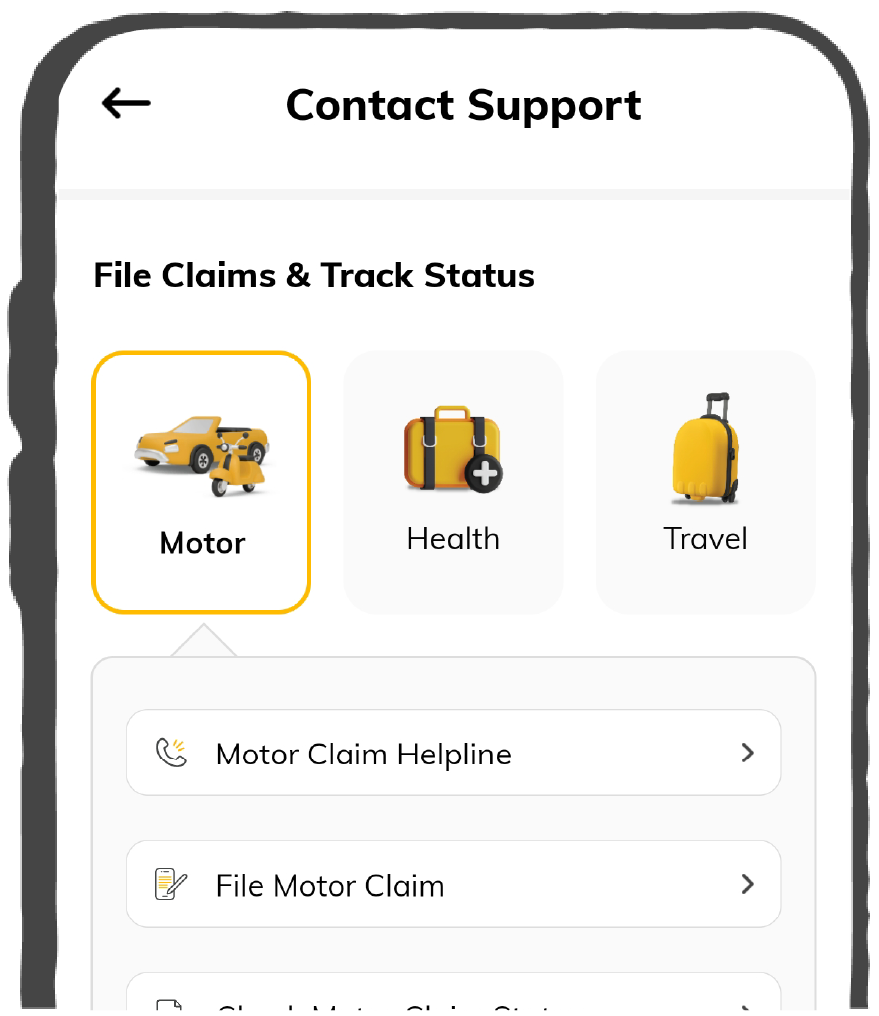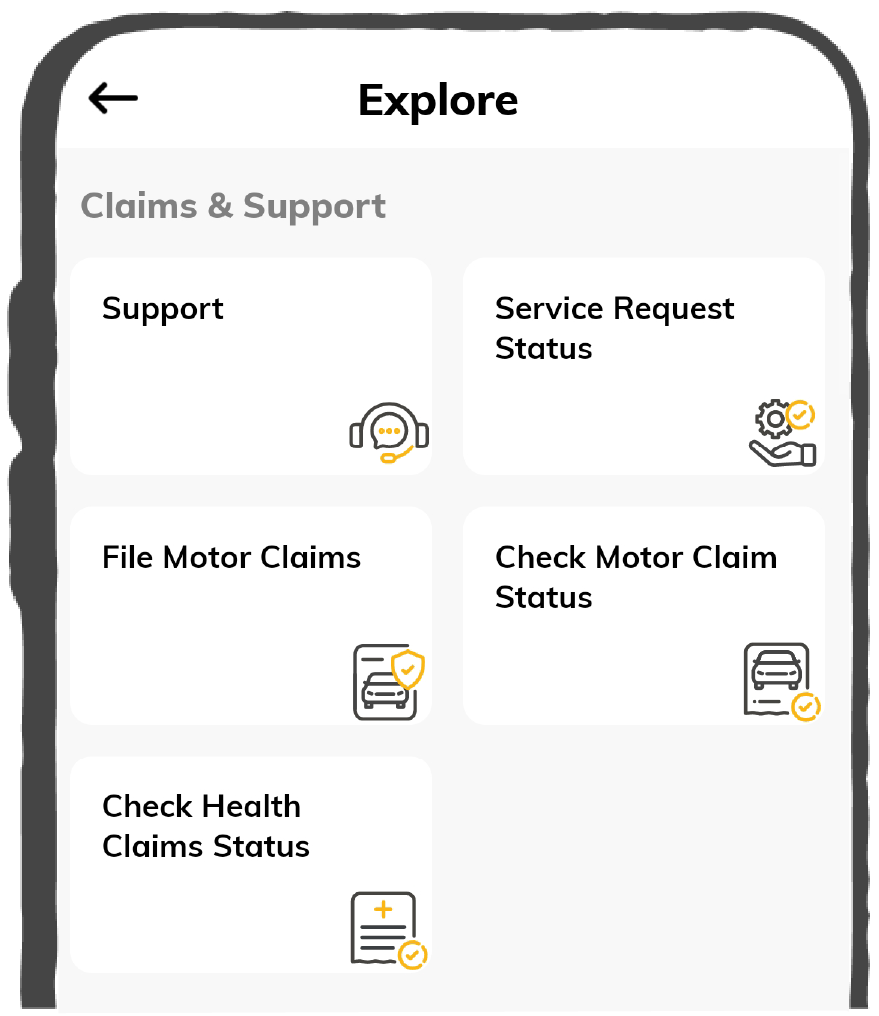What is Direct and Indirect TPMS: Types, Working, Advantages and Disadvantages Explained

In modern days, driving around with vehicles can become seamless and safety-oriented by installing different devices inside the car's mechanism. The Tyre Pressure Monitoring System is a one-of-a-kind mechanism that immediately alerts the driver about a flat tyre. This way, TPMS removes the guesswork, enables the prevention of any accidents, and improves gas mileage.
What is a TPMS or Tyre Pressure Monitoring System?
TPMS is an advanced technology that monitors the air pressure of the fleet of tyres and sends real-time data back to the vehicle. The presence of tiny electric TPMS sensors reads the pressure level and reflects the result in the car's dashboard, alerting the driver about an over or under-inflated tyre.
The vehicle manufacturers have installed this mechanism to ensure utmost safety and inform the driver of a possible tyre blowout. Hence, the presence of this system in a vehicle significantly reduces the chances of sudden mishaps.
How Does TPMS Work?
The TPMS is designed to identify unsafe driving conditions for drivers. Generally, the sensors gather the level of air pressure in the tyres and send the feedback to the driver. The lower level of air pressure in the tyre is indicated by a yellow sign that pops up in the car's dashboard instrument panel.
The sign takes the form of a tyre cross-section similar to a horseshoe with a mark of exclamation in it. It is essential to consider that the TPMS working model varies across its different types and diverse range of sensors used in it.
Types of Tyre Pressure Monitoring Systems
Due to the TPMS's effectiveness, this system's installation has been made mandatory in APAC regions and the United States of America, the United Kingdom, and Europe. Being able to function for both personal and commercial purposes, there are two types of TPMS:
Direct Tyre Pressure Monitoring System
Indirect Tyre Pressure Monitoring System
What is a Direct TPMS?
In Direct TPMS, each tyre is fitted with tiny electrical sensors to measure the air pressure and send the information back to the central control module. These sensors are built to read a tyre's internal pressure and temperatures.
In this central control module, the readings sent will be analysed for authenticity, interpreted, and then transmitted to the vehicle's dashboard.
How Does a Direct Tyre Pressure Monitoring System Work?
The working module of direct TPMS is conducted by the battery-powered sensors, which read the air pressure, check on it, interpret the information, and finally send the feedback to the vehicle.
Generally, a vehicle with direct TPMS installed will start reflecting the sign of low air pressure if the pressure drops to 25 per cent or below that. Moreover, the driver does need to reset the direct TPMS with every replacement of tyres, making it a reliable option.
Advantages of Direct Tyre Pressure Monitoring System
Some of the pivotal direct Tyre Pressure Monitoring Systems are as follows:
The batteries of the direct TPMS have immense longevity.
Drivers get an actual reading of tyre pressure from within the tyre.
The tyre replacement or rotation of the tyre does not influence the reading of direct TPMS.
If a vehicle has a spare tyre, direct TPMS can be added to that.
Disadvantages of Direct Tyre Pressure Monitoring System
On the contrary, there are some disadvantages of direct TPMS, which are as follows:
Direct TPMS and its installation are more expensive as compared to indirect TPMS.
The tools of direct TPMS required for re-synchronisation are not cost-effective.
The proprietary system of direct TPMS makes installation, replacement, and other services difficult.
Mounting and dismounting can easily cause damage to the sensors.
The entire sensorneeds instant replacement when its batteries drain out.
What is an Indirect TPMS?
Unlike Direct TPMS, Indirect Tyre Pressure Monitoring Systems (TPMS) do not consist of air pressure sensors to read the level of air pressure in the fleet of tyres. Instead, this system compares the relative speed of the wheel with the help of the Anti-Lock Braking System or ABS, which are wheel speed sensors.
How Does Indirect Tyre Pressure Monitoring System?
The Indirect TPMS takes into consideration the wheel speed sensors, which the Anti-lock Braking System uses. The tyre pressure is assessed by the wheel's revolution rate, which is properly analysed before presenting it to the drivers. This process is done by keeping the benchmark numbers of a general tyre's size intact.
If the revolution rate of a tyre is low or higher than the usual metrics, the installed system of computer technology notes change and lets the driver know about over or under-inflated tyres.
Furthermore, drivers who have the indirect TPMS installed in the car need to be more careful with the readings. As with an indirect TPMS, the driver needs to reset the system every time the tyre is inflated.
Advantages of Indirect Tyre Pressure Monitoring System
Some of the prominent advantages of having an Indirect TPMS are as follows:
Indirect TPMS is a cost-effective system as compared to Direct TPMS.
The process of maintaining and programming Indirect TPMS is seamless and easier.
The time and effort taken to perform the installation maintenance is easier in comparison to Direct TPMS.
Disadvantages of Indirect Tyre Pressure Monitoring System
The important factors associated with Indirect TPMS that acts as its disadvantages are:
During tyre replacement, the reading showing in the Indirect TPMS may not be accurate.
In Indirect TPMS, tyres that are not evenly worn will offer unreliable readings.
Resetting of the sensors is required upon every occasion of tyre inflation.
The system of Indirect TPMS is subject to reset after every routine tyre rotation.
Difference Between Direct and Indirect Tyre Pressure Monitoring Systems
|
Basis of Differences |
Direct TPMS |
Indirect TPMS |
|
Mechanism |
In direct TPMS, a direct TPMS sensor is attached to each wheel that measures the air pressure. |
In indirect TPMS, the anti-lock brake system (ABS) speed sensors are used to calculate pressure. |
|
Cost Effectiveness |
Direct TPMS is expensive. |
Indirect TPMS is cost-effective as compared to direct TPMS. |
|
Air Pressure Readings |
Replacement of tyres does not affect the air pressure readings. |
Replacement of tyres does affect the air pressure readings; hence resetting is necessary every time. |
|
Time Taken in Installation |
More time is required for installation and servicing. |
Less time is required for installation and servicing. |
















